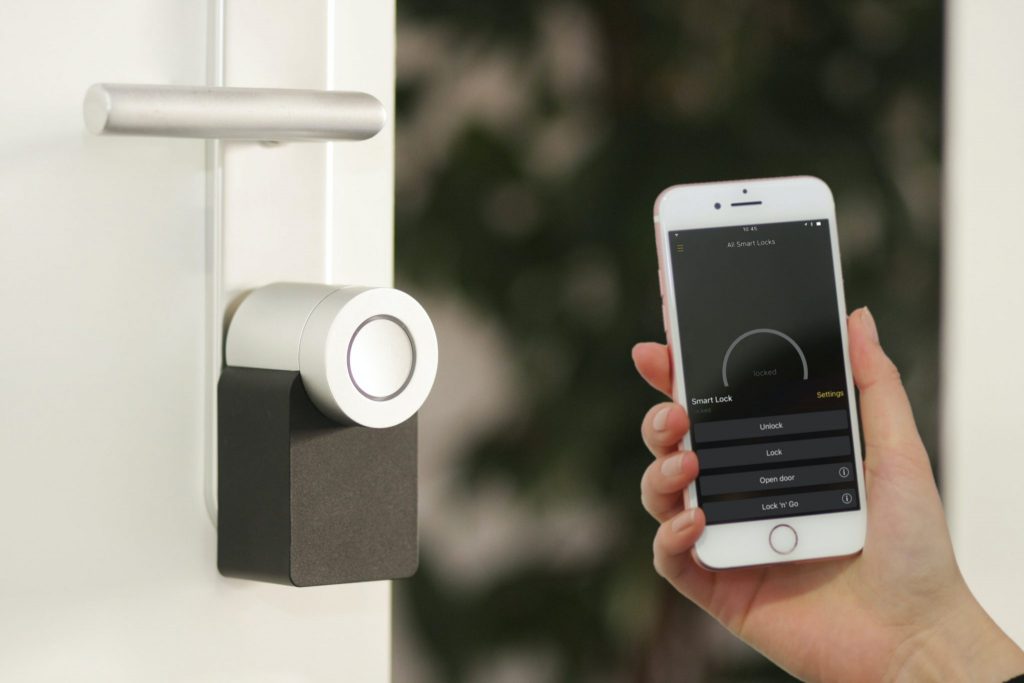
As a rule, this system provides the interaction of several systems. These systems integrating into a single control system of all devices and communications of the house.
The most common components of the system smart home are the following systems:
The power supply of the house. Smart home controls the availability of power to all other systems in the home. If necessary, it will independently use uninterruptible power supplies and, if necessary, additional generating capacity.
Lighting. Optimal use of lighting fixtures, taking into account the level of natural light allows for maximum energy savings. Also, the system provides optimal conditions for comfortable living.
Temperature, humidity, and timely supply of fresh air. Sensors that measure the above parameters give the command of heating, ventilation, and air conditioning systems in automatic mode. This means that the smart home always maintains the optimal parameters of the air in the room.
Home appliances management. All appliances operating in the house can be combined into a single network. Due to this, the central controller can optimally organize the work of video equipment and kitchen appliances, heating systems, and automatic gate drives.
Security. These include systems such as restricting access to the house of unwanted persons, gas leak control, alarm, and video surveillance, and other systems that allow you to control the level of security in the house.
Also, a smart home can provide remote notification of any incident indoors in the absence of people and even simulate their presence.
It should be noted that not all of the above systems are required in each case. Smart home technology is flexible and can be optimized for the specific requirements of a particular customer.
How does the smart home system work?
The central controller receives data about the operation of all devices and systems in the house using special sensors.
For example, sensors in a lighting system transmit information about the level of natural light at a particular point in time. The controller determines whether this level is sufficient. If not, a certain number of lighting fixtures are automatically turned on. In this case, the system determines whether there are people in specific rooms. And turns on additional lighting only in the presence of them.
The heating and ventilation system works in approximately the same way.
It is worth noting that any parameter of any of the systems can always be changed manually.
However, this is often possible even remotely, via SMS or other remote communication tools.
The most optimal way to install such equipment in the house is to plan it at the design stage of a particular house. In this case, you can most rationally use all the design features of the structure and ensure the most acceptable cost of the system.
Thus, the smart home system is a great solution that can provide the maximum level of comfort and safety for the people living in the house. Besides, due to the high degree of automation, the system can optimize resource costs and save money when paying for electricity, gas, water, and so on.
Picture Credit: Unsplash
